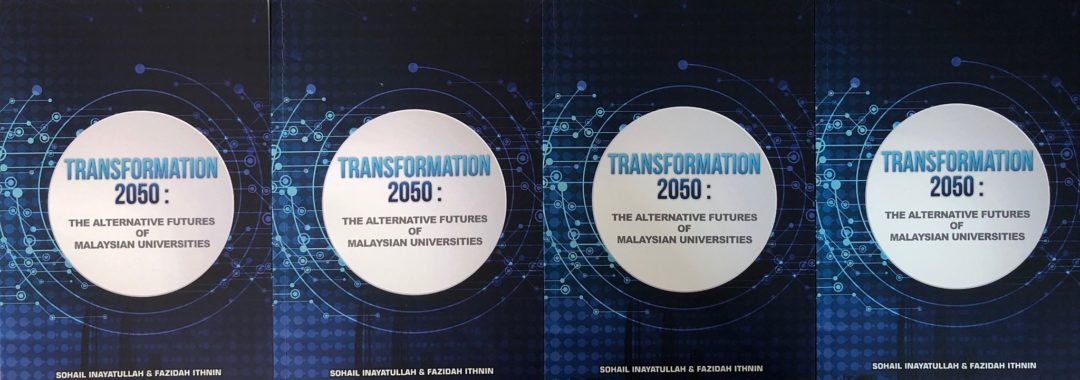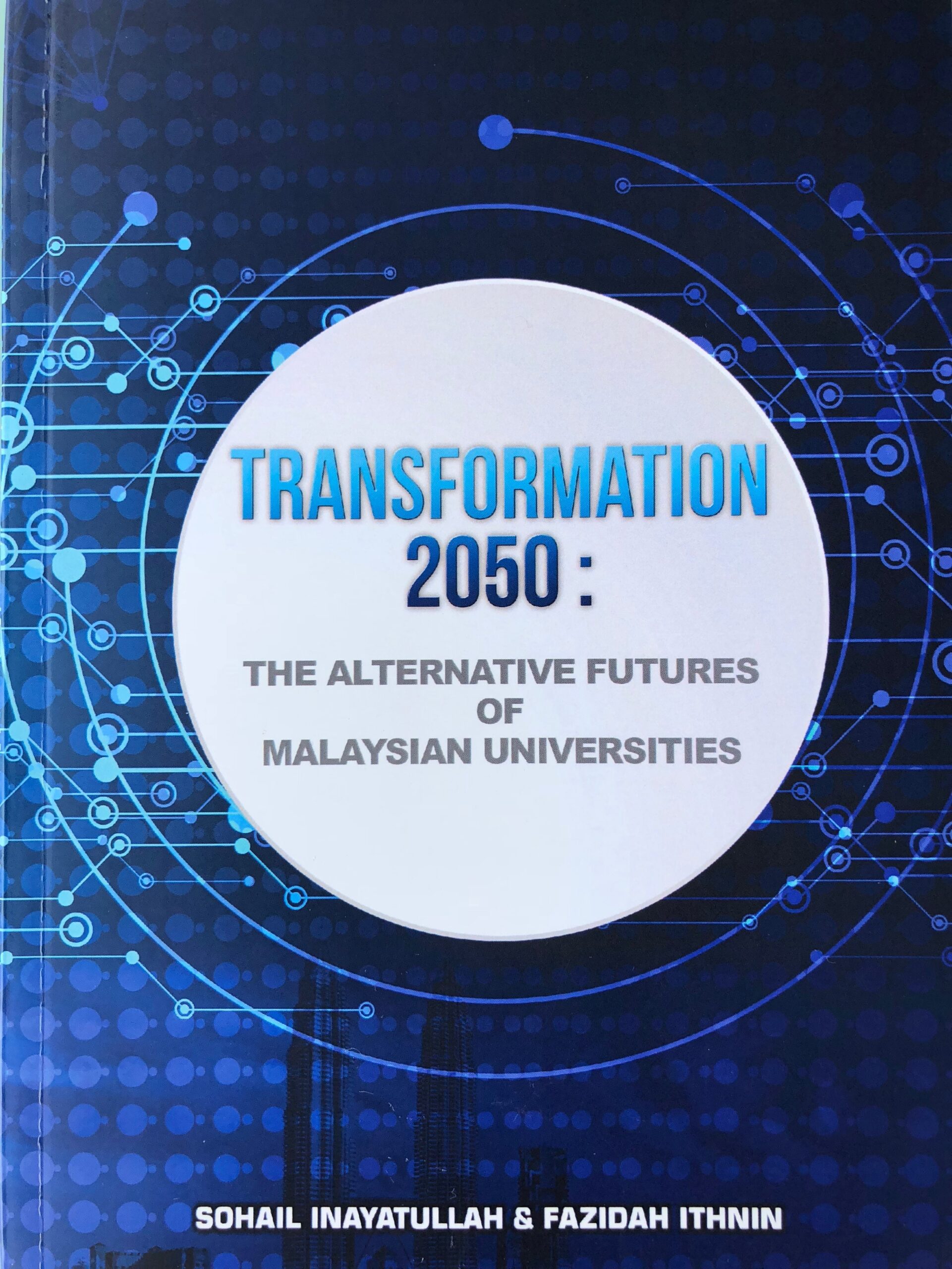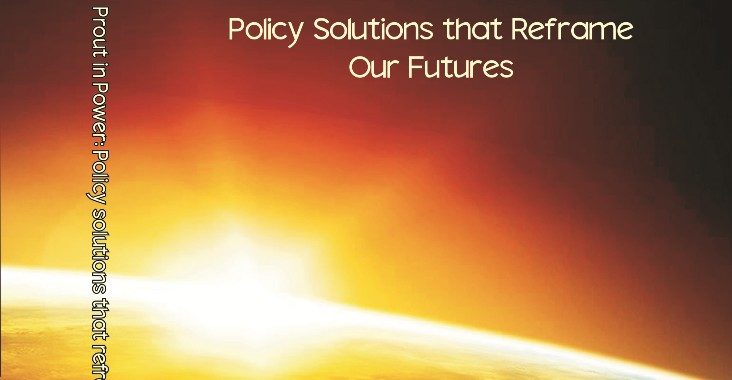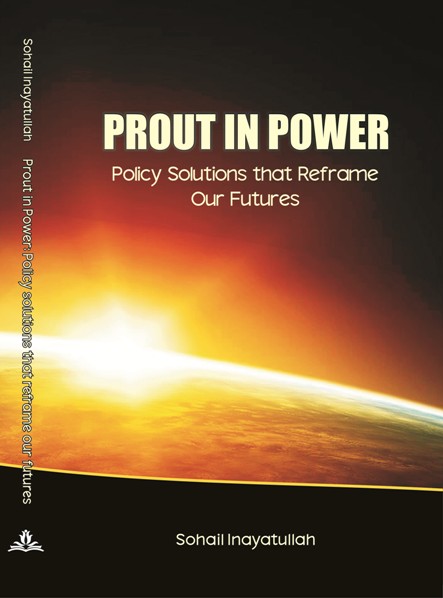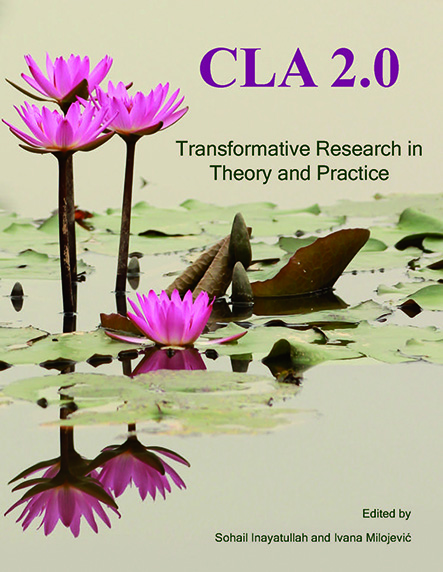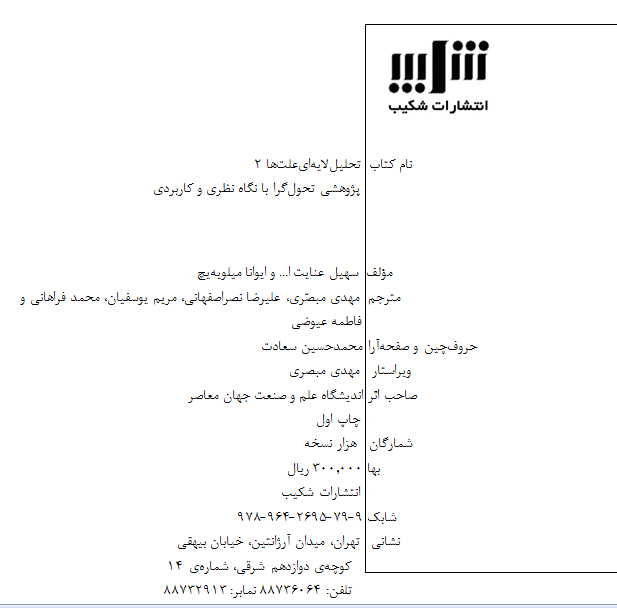Bruno Jacobsen, “Practicing Foresight – Insights from Prof. Sohail Inayatullah: How Future-thinking Enables.” Futures Platform (December 20, 2018). This article is based on content presented at the Strategic Foresight Summit 2018, organized by Futures Platform. https://www.futuresplatform.com/blog/practicing-foresight-insights-prof-sohail-inayatullah
Category Archives: Main Topics
BRICS Youth: Agents of Change (2016)
The BRICS economies are rising global powers whose young population and sheer size give them huge potential.
In 2015, a special edition of Policy in Focus, a United Nations Development Programme report, urged BRICS countries to focus on generating employment opportunities for youth as a means of meeting development projections.
While young people in these countries may face an uncertain future, China’s example shows that the youth bulge can be a positive agent for change, UNESCO Chair in Futures Studies Professor Sohail Inayatullah told The BRICS Post in an exclusive interview after attending last week’s Futures Summit at the Nelson Mandela Metropolitan University in Port Elizabeth South Africa.
This follows the BRICS Youth Summit in early July in India, where the theme of the summit was Youth as Bridge for Intra-BRICS Exchanges.
“Either youth find purpose and become entrepreneurs or they stay unemployed and create havoc – [these] are the extremes of a continuum of potential outcomes,” Inayatullah says.
BRICS countries are encouraged to act inclusively on health, education and employment, in order to maximize this demographic dividend’s potential to inject new dynamism into their economies.
“In futures studies we explore alternatives and build in agency and uncertainty to our scenarios and visions, so we have developed four scenarios to help youth cope with an uncertain future,” he said.
Inayatullah says that three drivers of these scenarios are a move from a focus gross domestic product to a triple bottom line that includes the environment, prosperity and inclusion.
There will also be a focus on job sharing since employment opportunities may not be as available to the same extent as robots will increasingly take over functions performed by humans. This will see more flexible work times – instead of a few working seven days a week and many working far less, or remaining unemployed.
The third driver is to create platform cooperatives – in other words, creating more with shared power.
Scenario one
The first scenario is one where the youth bulge results in a demographic dividend as it did in China after 1980. New technologies, which are youth friendly, and new social structures are created by the peer-to-peer sharing economy (economic democracy, cyber cooperatives) leading to youth contributing in ensuring a more equitable, peaceful and prosperous world.
The youth bulge leads to technological innovation as we see currently in places like southern California – the youth create the new “apps” for genomic, robot, big data and peer to peer transformed worlds.
Youth mentor the elderly and the elderly mentor youth. Educational institutions from the university to the primary school create pathways for this mentoring to occur, Inayatullah says.
The other scenarios
In the second scenario, youth are not only unemployed but they feel disempowered as well. Their expectations of a better world are not met, so they take to arms or social media to voice their discontent as we saw in South Africa in the #Feesmustfall campaign. So the youth become increasingly disruptive.
In the third scenario, youth unable to gain their perceived fair share of political power create their own artificial worlds, retreating to this altered reality. Within this world, they create their own forms of currency – bitcoin today, for example – and forms of identity – avatars, for example.
In a way, this is similar to the reality of many developing nations where some youth live in traditional agrarian societies, others live in growing middle class urban environment and others in westernized enclaves in capital and commercial cities with direct links to youth from all over the world.
In the fragmented future, the inter-generational links become broken with extended families in developing nations disappearing and coming together, if at all, only for economic reasons.
Inayatullah explains that digital natives are not in conflict with the elderly – they live in different worlds. The main assumption behind this future is that the new technologies allow the creation of alternative worlds. Groups can be in similar physical spaces but different techno-mental spaces – strangers in the virtual night.
In the fourth long-term 2050 prediction, a shift in the nature of the world economy makes issues of youth and ageing far less important as we move to a post-capitalist society.
Whether this occurs because of new sharing technologies or by developments in 3D printing and other low cost manufacturing revolutions or through Big Data and the full transparent information society is not certain.
But what is clear is that in this future, the youth bulge becomes far less of an incendiary issue as jobs are far less tied to wealth.
In a post-capitalist society where technology allows for survival for all, fighting over scarce resources becomes a non-issue. Finding meaning, engaging in politics, creating new sources of wealth and exploration become far more important. With jobs and identity and jobs and survival de-linked, the real issue will become which societies can create harmony and identity.
“Teaching will be focused on preparing futures not just for the new jobs, but in a world where many traditional jobs will disappear. The focus will be on teaching flexibility as some students will have portfolio careers – what they can do, not positions held – and multiple careers (changing careers every few years),” Inayatullah says.
Some will stay focused in one area, but many will wander innovating to create new types of work. Technology will create new categories of jobs, some unimaginable through today’s lenses,” he said.
“If developments in robotics continue at their current pace and universal basic income becomes the planetary norm, we would enter a post-scarcity world, where current ways of acting and being would be disadvantageous. Believing that tomorrow will be like today is a precursor to obsolescence,” he concluded.
Helmo Preuss for The BRICS Post in Pretoria
Published on August 23, 2013
http://thebricspost.com/brics-youth-agents-of-change/#.WD5fmrl3CUl
Our Future Selves (2016)
Interview with Sohail Inayatullah by Leigh Robshaw. Discussion on forthcoming changes such as solar, gene and AI technologies, driverless cars and “clean meat”. Also a section on Sohail Inayatullah’s ideal future world. Published in My Weekly, Wednesday, 16th November 2016.
Sample Chapters from Prout In Power (2017)
Ehealth Futures for Bangladesh http://www.metafuture.org/pdf/ehealthbanladesh.pdf
The Futures of Higher Education http://www.metafuture.org/pdf/futureshighered.pdf
Arab Spring Scenarios http://www.metafuture.org/pdf/arabspring.pdf
The Futures of Crime and Prison http://www.metafuture.org/pdf/crimeandprisons.pdf
Social Movements and Strategy http://www.metafuture.org/Articles/Transformative%20strategy%20for%20the%20Prout%20movement%2015%20may%202009.pdf
Democratic Governance Asia 2030 http://www.metafuture.org/pdf/democraticgovernanceasia.pdf
These are earlier (draft) versions of chapters, for the final (published) version click here: Prout in Power (2017) (PDF)
September 1, 2016
What does Geelong’s future look like?
The City of Greater Geelong will shortly start community consultations on what you think Geelong’s future could look like. This session is the perfect kick starter for you to become a future creator!
Professor Sohail Inayatullah will speak at the event and focus on:
- Emerging issues and trends that will change our daily lives in 20 years
- Why thinking about the future is important to us
- How changes might impact you, your family, your community, your industry.
| When: |
|
||
| Next on: |
(View other upcoming dates and times)
|
||
| Where: | The Playhouse, GPAC 50 Little Malop St Geelong |
||
| Costs: |
|
||
| Facilities: | |||
Further Information
http://www.geelongaustralia.com.au/calendar/calendar/item/8d3c121ce4aa0ef.aspx
| Contact: | Bonnie Lanham |
| Phone: | 5272 4800 |
| Email: | blanham@geelongcity.vic.gov.au |
Futurist Advocates for ‘Strategic Foresight’ in Corporate Planning (2015)
By: Natalie Greve, Creamer Media Contributing Editor Online
United Nations Educational, Scientific and Cultural Organisation chair in futures studies Professor Sohail Inayatullah has touted the adoption of “transformative and strategic foresight” by companies in future scenario planning, telling a workshop that this approach creates flexibility in decision-making by moving from a focus on one inevitable future to an analysis of several alternative ones.
This methodology was used by organisations such as the World Economic Forum, which used it to reframe challenges, analyse assumptions about existing organisational challenges and clarify future options for strategic decision-making.
The foresight approach, Inayatullah explained, encouraged a shift from focusing on the day-to-day operational considerations of management to the longer-term transformative dimensions of leadership, introducing broader systematic and transdisciplinarian perspectives and solutions.
“This approach allows [companies] to anticipate emerging issues and weak signals that may derail strategic plans and policies. Through environmental scanning, strategic foresight intends to solve tomorrow’s problems today and discover opportunities early on,” the futurist outlined.
Importantly, the foresight approach changed the temporal horizon of planning from the short term to the medium and long term, while reducing risk by emphasising the positions of multiple stakeholders.
“Often, strategies fail not because of an inaccurate assessment of alternative futures, but as a result of a lack of understanding of deep culture”.
“Blind spots – which are always built into the knowledge framework of each person and organisation – are addressed by including difference. This makes implementation far easier,” said Inayatullah.
Future-based studies and transformative insight in organisations were based on six pillars, the first of which involved the mapping of the past, present and future.
Mapping sought to identify the historical factors and patterns that had created the present, which was itself mapped through environmental scans.
The second pillar saw the anticipation of the future through the identification of emerging issues, while the third pillar sought to “time the future” through an analysis of previous patterns in history.
Inayatullah’s fourth pillar was based on “deepening” the future through an analysis of the deeper myths and world views present beneath the data of the “official” future using causal layered analysis.
A series of alternative possible futures were then created through scenario-planning and an analysis of the critical uncertainties driving the future as well as the archetypes of personal and societal change.
Lastly, through the application of backcasting, visioning and action learning, the future was then “transformed” through the articulation of a preferred future and the development of critical pathways.
Edited by: Chanel de Bruyn Creamer Media Senior Deputy Editor Online
Peace Futures (PDFs)
List of available PDFs from Metafuture.org
Milojević, I. “Introduction.” Breathing: Violence In, Peace Out (1-7), New Approaches to Peace and Conflict Series (Brisbane, University of Queensland Press, 2013), 1-7.
Milojević, I.“Making Peace: Kosovo/a and Serbia.” Journal of Futures Studies (Vol. 13, No. 2, 2008), 1-11.
Milojević, I.“Gender, Militarism and the View of the Future: Students’ Views on the Introduction of the Civilian Service in Serbia.” Journal of Peace Education (Vol. 5, No. 2, 2008), 175-191 (with Slobodanka Markov).
Milojević, I.“Reconciling Funny and Permissible: Can We Develop Non-violent Humour?” Social Alternatives (Vol. 25, No. 1, 2006), 67-70.
Milojević, I.“Gender, Peace and Terrestrial Futures: Alternatives to Terrorism and War.” Ljudska Bezbednost (Human Security), Thematic Issue: Gender and Human Security (Vol. 3, No. 2, 2005), 85-110. Previously published in Journal of Futures Studies, (Vol. 6, No. 3, 2002), 21–45.
Milojević, I.“Gender and the 1999 War In and Around Kosovo.” Social Alternatives (Vol. 22, No. 2, 2003), 28–36.

